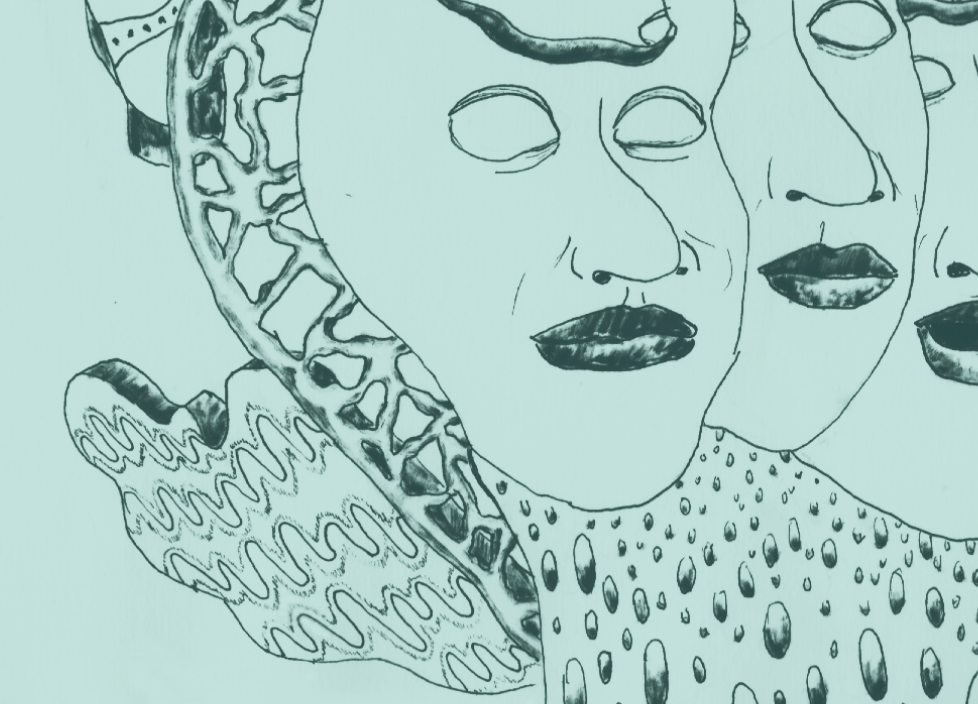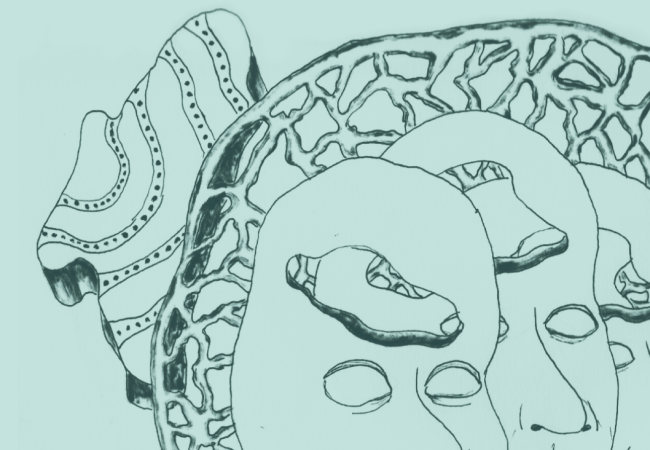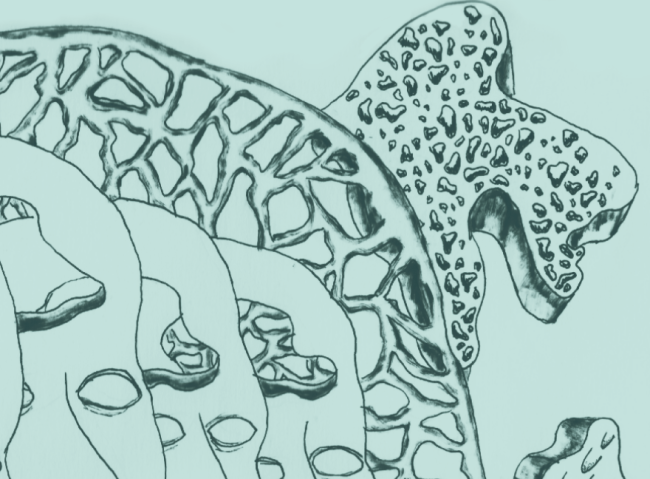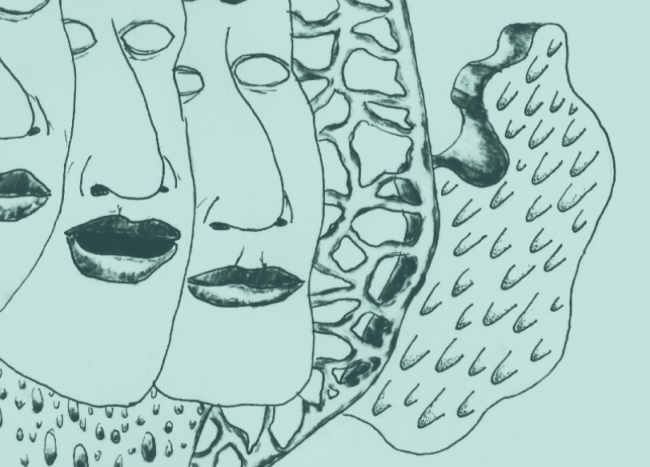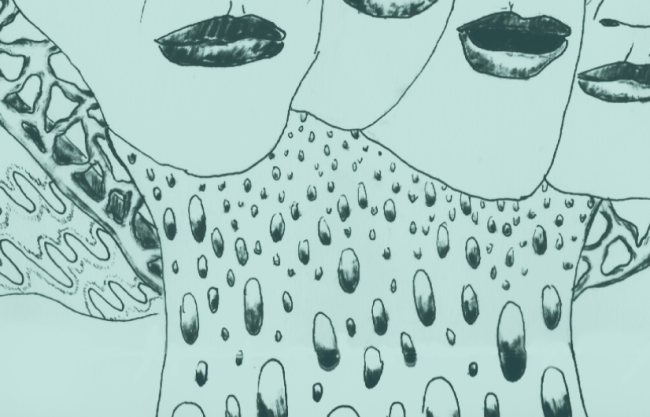4. What do corona and the theatre have to do with each other?
We often hear that ‘corona has made many things visible’. Frozen public life and the empty streets became the canvas on which care workers, bus drivers and teachers could be depicted as heroes. Those who still populated the cityscape demanded attention for what the most vulnerable need. Solidarity was translated into concrete action and the government implemented broad support measures. And yet, reports about the impact of the lockdown on children and young people in poverty made something distressingly clear. We could painfully see that many people did not experience a sense of rest on the street, that one neighbourhood is not another, and that some people are not treated the same way as others. Behind façades, domestic life for some people was enriched by spending so much time together. For others, it was a long and dark period. Inequalities came into sharp relief. Many of these insights are not new, however: corona just reminded us of them.
Condemned to the screen as the only interface with the outside world, news reports and opinion pieces were contextualised by many online conversations – including between artists and thinkers from across the world. Stories were read aloud and we logged in to watch digital productions. And when reports about dolphins in Venetian canals appeared on our newsfeeds, we were reminded of how powerful the imagination can be. Could it be that the earth (and the world) can heal?
After the summer, we can return to the theatre. The theatre will again be able to do what it has done for centuries: make things visible. Space is available there, an empty space, where productions can take place in front of an audience that looks at the place that we call the stage (even if it is not the stage, but rather the street or a park). That is where precision leads to imagination and unsuspected connections are made. That is where intimate insights among the audience can be discovered, and you and the audience can find the same wavelength. That is where what you already knew can arrive as a shock because you had never seen it like that. The performing arts shape (new, personal) reflections on our times and history. And that will be no different in the 2020-2021 season.
In negotiation with the corona conditions, we are focusing on the maximum use of the big auditorium because we are able to welcome an audience there. We hope that the number of seats can gradually be increased. Because the question ‘How to be Many?’ currently also literally means ‘how can we make our programme available for as many people as possible?’ Or rather: How can we ensure our theatre, at limited capacity, is not only visited by those who already know us? How can we create space for new audiences?
– AGNES QUACKELS & BARBARA VAN LINDT
